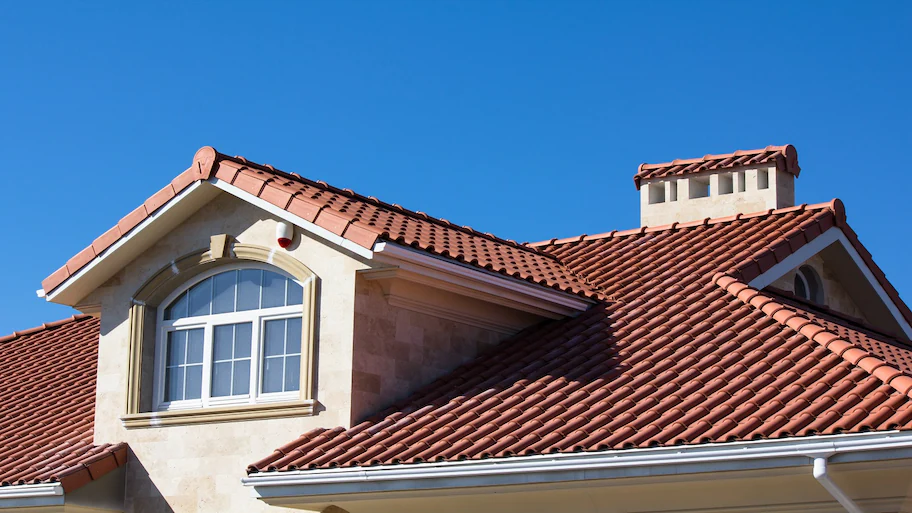
A new metal roof can add a unique touch to your home’s curb appeal and help maximize efficiency. Learn about metal roof costs and what affects your total.
Answer these questions before you seal the deal


Roof sealant can serve as a temporary patch for minor roof leaks, and it can also act as a preventative measure to maintain your roof’s waterproof qualities and reduce UV damage. Before you start reaching out to roofing repair pros near you, make sure you can answer these common roof sealant questions to get the best service possible.
Are you sealing your roof to be proactive and avoid future leaks, or do you have an existing leak you’re looking to patch? Your professional will tailor the products and application methods they use based on your answer, and they may recommend other roof repairs if you’re dealing with an active leak.
Your roof repair pro will use different sealant products based on the slope of your roof. Flat roofs require sealants that have greater waterproofing capabilities because they see pooling water and snow accumulation that require more expensive materials. On the other end of the spectrum, roofs with steep slopes may require special safety equipment while your professionals work, which can make the job take longer, driving up labor costs. Calculate your roof pitch beforehand to provide an accurate slope.
Some roofing sealants are only effective on certain roofing materials, and your roofing professional will use different products on asphalt shingles than they would on a flat roof, like a TPO roof or a modified bitumen roof. If you’re unsure, ask the person who installed your roof, or ask your new roofing pro to inspect it for you.
Before applying sealant to your roof, your roofing professional will ask how old your roof is to determine if a replacement would be a better option. On old roofs that are nearing the end of their life or exposing your home to leaks, it’s often more cost-effective to shell out for the cost of a roof replacement than to keep sealing and repairing your old roof.
Not all roofing sealants are compatible with others, so your professional will likely ask if you’ve had yours treated before and, if so, what type of sealant you used. They’ll then choose a product that will bind to the old sealant to create the best layer of protection possible.
Coupling your roof sealant application with other work can save you money on trip fees, so consider add-on services that make sense. Most roofers who seal roofs can also do roof repairs, service flat roof drains, and inspect your roof for signs of damage or leaks. Some may also be able to clean or install gutters, put in gutter guards, and provide other related services.
From average costs to expert advice, get all the answers you need to get your job done.

A new metal roof can add a unique touch to your home’s curb appeal and help maximize efficiency. Learn about metal roof costs and what affects your total.

The cost of replacing a flat roof is much lower than an angled one. Learn about the factors that can affect flat roof replacement costs and ways to save on a quality replacement.

A new roof improves curb appeal, increases home and keeps your living space protected from the elements. Learn about average roof replacement costs to set your budget.

Understanding how to calculate roof pitch is an excellent tool for estimating roofing materials and costs when building or remodeling your home.

Understanding how architectural shingles versus 3-tab shingles differ can help you complete your roofing project successfully. We’ll break down each option.

Roof sealant helps protect your roof from the elements. Learn about different types of roof sealant and how to pick the right one for your roof.